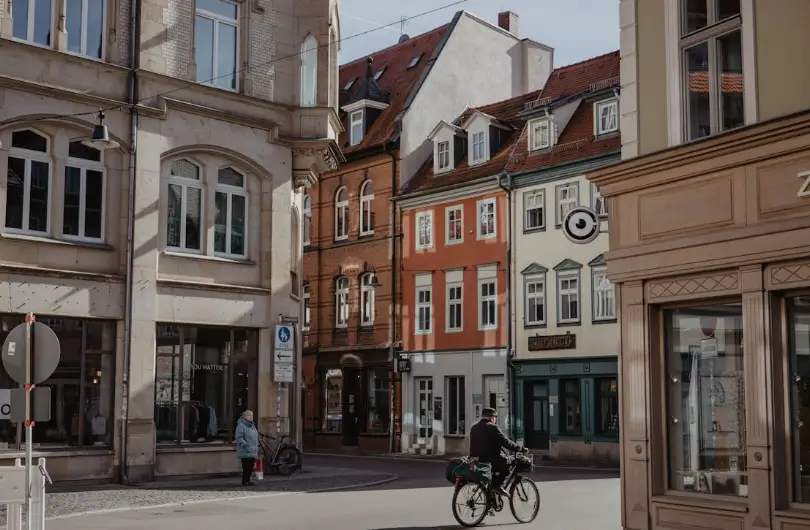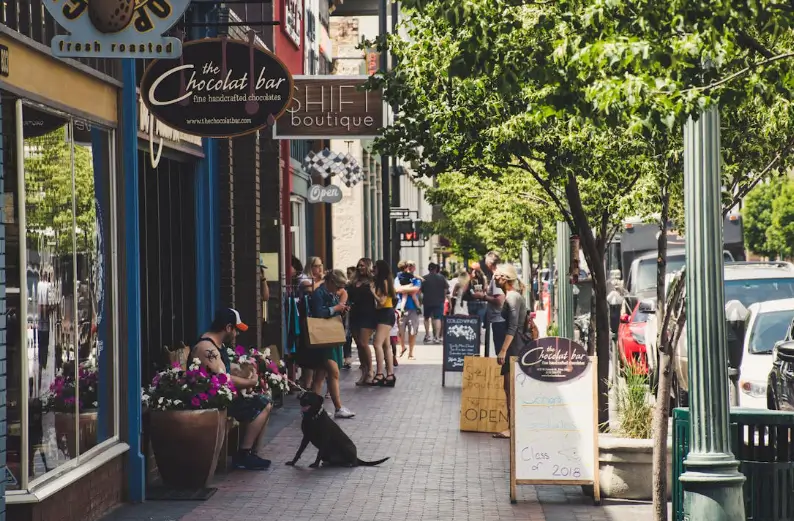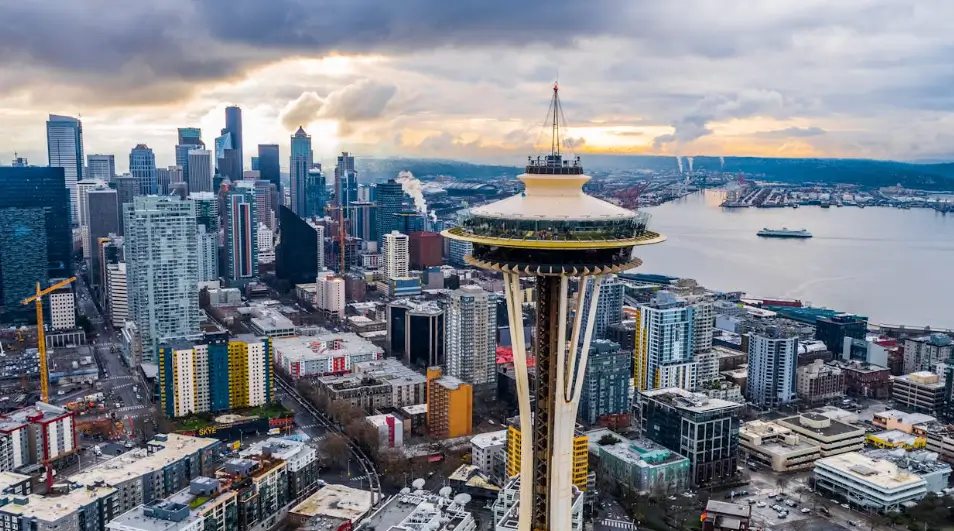The Myth of “Open Space”
Open space sounds like a good thing. Developers love to advertise it, zoning codes require it, and buyers assume it means nature trails, parks, or a slice of preserved countryside right outside their back door. On the glossy marketing brochures, open space looks like rolling meadows, shady groves, and winding paths.
But here’s the truth: in many subdivisions, what gets counted as “open space” is anything but.
What Counts as Open Space?
Zoning codes often define open space in broad, almost meaningless terms. Instead of requiring usable, accessible land, codes let almost anything qualify. That includes:
- Stormwater detention basins
- Utility easements
- Steep, rocky slopes that could never be built on
- Leftover wedges of land between cul-de-sacs
- Strips of grass behind a fence with no access
In other words, the “open space” your neighborhood boasts about might just be the drainage ditch behind your house or the steep embankment no one can walk on.
On paper, the subdivision meets the requirement. In practice, residents don’t get a park, a playground, or a gathering space. They get unusable scraps.
Why Developers Do It
From a developer’s perspective, it makes sense. If the code requires 20 percent of a site to be “open space,” the cheapest way to meet it is to count the land they couldn’t build on anyway. A steep slope? Great, that’s open space. A utility corridor? Perfect, it can’t hold houses anyway, so why not call it open space.
.webp)
It’s efficient, but it’s also misleading. Marketing materials show families picnicking on lawns or kids running through fields. In reality, that “open space” might be a fenced-off pond with a “No Trespassing” sign.
The Cost of Fake Open Space
When open space is treated as a checkbox instead of an amenity, neighborhoods lose out. The costs are subtle but real:
- Lost community value: Instead of parks where neighbors meet and kids play, you get fragmented leftover lots no one uses. That weakens social ties.
- Greenwashing: Residents think they’re buying into a greener, healthier community. The brochures deliver one image, the ground delivers another.
- Equity issues: In wealthier neighborhoods, open space is often meaningful — private golf courses, clubhouses, trails. In middle-income subdivisions, it’s usually drainage basins. The quality of open space mirrors broader inequities.
- Environmental loss: Real open space could preserve habitat, tree canopy, and stormwater infiltration. Leftover scraps do little for ecosystems.
The irony is that many communities think they’re getting something good because the code says “20% open space.” But percentages don’t equal value if the land itself is worthless to the people who live there.
What Real Open Space Looks Like
Real open space is intentional. It’s central, accessible, and designed for people as much as nature. Think:
- A park at the neighborhood’s heart, not its edge.
- A continuous trail system, not a sidewalk to nowhere.
- Preserved woods with public access, not fenced-off fragments.
- Greenways that double as flood control but are usable for recreation.
Cities like Boulder, Colorado and Portland, Oregon have made strong commitments to usable open space. They buy land, plan greenway networks, and make sure residents actually benefit. Other places are catching on by rewriting their codes to tighten the definition of open space — requiring that it be usable, connected, and open to the public.
.webp)
Why Codes Need to Change
The real culprit here isn’t just developers, it’s the codes that allow this sleight of hand. Most zoning ordinances don’t differentiate between a pond behind a fence and a park in the center of town. If it’s unbuilt, it counts.
But we could fix that. Cities could:
- Redefine open space so only usable, accessible land counts.
- Set minimum standards for size, location, and amenities.
- Require connectivity so open spaces link together into networks, not fragments.
- Allow dual-purpose design: stormwater ponds or utility corridors that double as trails or natural areas if designed right.
It’s not about requiring more land, but about requiring better land.
A Better Way Forward
Imagine if every new subdivision’s “open space” wasn’t a ditch or a leftover slope but a central park, a community garden, or a shaded trail. Imagine if stormwater ponds were designed as wetlands with boardwalks, supporting both wildlife and weekend strolls. Imagine if utility easements were planted as pollinator meadows, doubling as habitat.
These aren’t pipe dreams. Cities around the country are experimenting with these ideas. Raleigh, NC has converted stormwater areas into usable parks. In Denver, utility corridors double as greenways with bike trails. These examples prove that “required” open space doesn’t have to be wasted space.
The Bigger Picture
When we treat open space as a box to check, we rob communities of the very thing that makes them livable. Open space should be more than drainage ditches and scraps — it should be the lungs of our neighborhoods, the gathering places, the green threads that tie us together.
The myth of open space is that having a percentage on paper equals value in reality. It doesn’t. Real open space takes intention, design, and policy that cares about more than compliance.
Because in the end, a neighborhood full of drainage ponds isn’t open space at all. It’s just empty promises, dressed in green.
%20(1200%20x%20237%20px)%20(300%20x%2059%20px).webp)
.webp)




